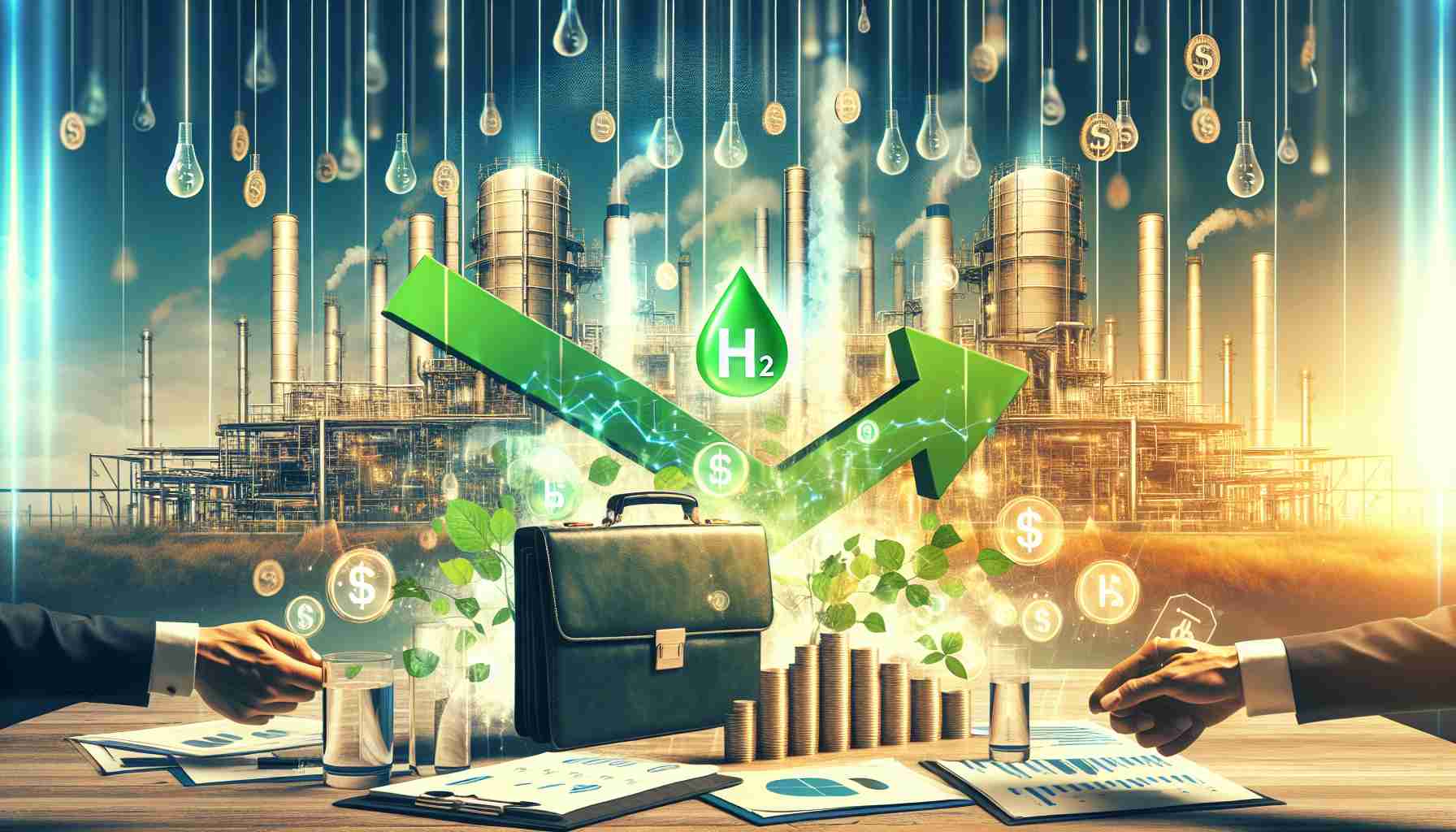
Future of Green Hydrogen and Investments
According to a recent analysis from BloombergNEF, the price of green hydrogen is projected to significantly decline by 2050. Currently, prices fluctuate between $3.74/kg and $11.70/kg. However, forecasts indicate that this range could narrow to between $1.60/kg and $5.09/kg in the coming decades. The report highlights that anticipated costs for electrolyzers will hinder the expected price reductions, revising previous predictions considerably.
While green hydrogen remains pricier than forecasts suggested, it is expected that regions like China and India may achieve cost parity with gray hydrogen by 2040. These developments underscore a shift in the global hydrogen market, as firms adapt to evolving technologies and economic landscapes.
In related news, HydrogenPro, a Norwegian firm, has recently secured a conditional investment agreement for approximately $6.14 million from Longi Hydrogen. This investment aligns with a cooperation agreement designed to advance their market presence. The company boosted equity through shares sold to existing investors, raising the subscription price to NOK 5.50 per share.
Additionally, Green Hydrogen Systems has announced a strategic move to bolster its capital base by completing a reduction in nominal share capital, preparing to open avenues for new funding. These developments signal a transformative era ahead for green hydrogen initiatives as investments continue to flow into the sector.
The Green Hydrogen Revolution: Future Trends and Investment Insights
Future of Green Hydrogen and Investments
The green hydrogen sector is rapidly evolving, and a recent analysis from BloombergNEF suggests a promising trajectory for the industry. Current prices for green hydrogen range from $3.74/kg to $11.70/kg but are projected to decrease significantly by 2050, with forecasts suggesting a future range of $1.60/kg to $5.09/kg. This anticipated price drop, however, faces hurdles due to the projected costs of electrolyzers, revealing that expectations may need to be adjusted.
Key Trends and Insights
– Cost Parity by 2040: Emerging markets such as China and India are on track to achieve cost parity with conventional gray hydrogen by 2040. This shift underscores a significant transformation in the global hydrogen market as nations pivot towards sustainable energy solutions.
– Rising Investments: Investment activities in green hydrogen are accelerating. Notably, HydrogenPro, a Norwegian company, has secured a conditional investment agreement worth approximately $6.14 million from Longi Hydrogen. This move is part of a broader strategy to enhance their market presence.
– Market Adaptation: Companies in the sector are actively adjusting to new technologies and fluctuating economic conditions, creating a dynamic landscape ripe for innovation.
Innovations and Technological Developments
The future of green hydrogen will likely see significant innovations in electrolyzer technology. As these systems become more efficient and costs decline, the potential for large-scale deployment of green hydrogen fuels will increase. Innovations may also stem from new materials and methods that enhance electrolyzer performance.
Pros and Cons of Green Hydrogen
Pros:
– Sustainability: Green hydrogen is produced using renewable energy, making it a clean alternative to fossil fuels.
– Energy Storage: It serves as an effective way to store energy, especially from intermittent sources like wind and solar.
– Decarbonization Potential: It can significantly reduce carbon emissions across various sectors, including transportation and manufacturing.
Cons:
– High Initial Costs: Current production methods and technological infrastructure for green hydrogen remain expensive relative to traditional options.
– Infrastructure Challenges: Significant investments would be needed to develop the necessary infrastructure for production and distribution.
– Energy Efficiency: There are questions about overall energy loss in the process of electrolysis and subsequent conversion back into electricity.
Market Analysis and Future Predictions
The demand for green hydrogen is projected to surge as countries and companies commit to carbon neutrality goals. A growing number of partnerships are anticipated, with firms increasingly collaborating to share technology investments and enhance production capabilities. As the technology matures, more players might enter the market, driving costs down further.
Security Aspects and Sustainability
As the sector grows, security remains a critical concern. Supply chain vulnerabilities, especially in sourcing raw materials for electrolyzers, could impact production capabilities. However, with sustainable practices, including recycling and local sourcing, companies can mitigate these risks.
Pricing Trends
Considering the decline in projected costs, price competitiveness is expected to improve significantly by 2050. This shift may enhance the appeal of green hydrogen to industries traditionally reliant on fossil fuels, encouraging broader adoption.
For more information about green hydrogen initiatives and dynamic developments in renewable energy, visit Bloomberg.



